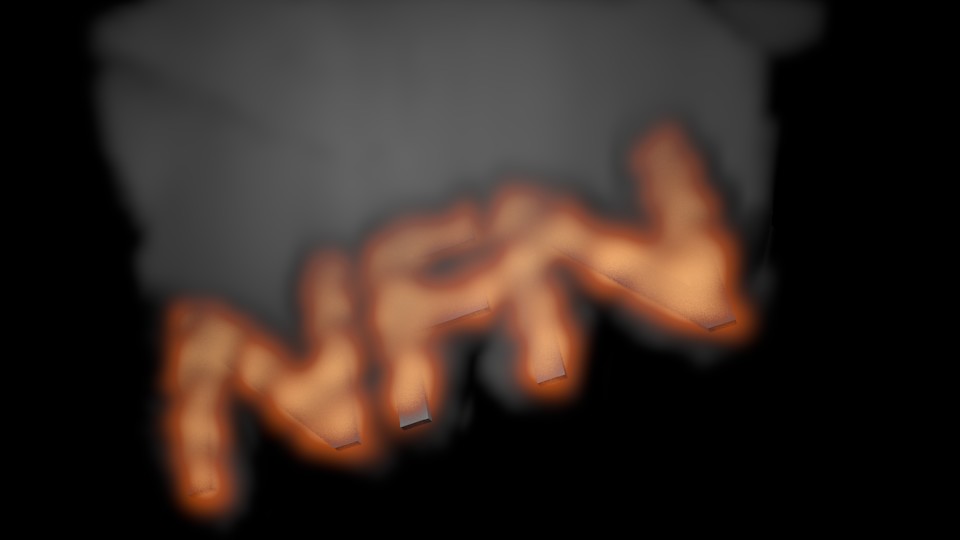Environment and Science Data
How might we use environment and science data to better engage with the community?
Go to Challenge | 19 teams have entered this challenge.

NFN
NFN is a IoT bush fire early warning system web management console
Smart smoke detector and early bushfire warning system.
During times of bushfire, every second counts. Detecting and extinguishing or evacuating from a fire sooner can mean the difference between life and death. It can also determine how much damage is caused to property, local wildlife and bushlands.
The smart smoke detector is connected to a network of servers and reports smoke events and environmental factors such as light, temperature, Wind speed and wind direction. Depending on these variable levels alerts can be broadcasted to other nearby smoke detectors with a short message in text to inform people of where a threat may be coming from. Meaning that people will become aware of fire long before it has reached the point where it would trigger a non-connected smoke sensor. This will provide the ability for a person to make a fight or flight decision and better prepare in either case.
for example if smoke was detected 1km into bushland, the temperature and humidity levels coupled with wind speed and direction from local sensors or open data will give an indication of how fast and what direction the fire is spreading. Any sensors in that path can be remotely triggered and information broadcast about the location of the fire.
The smoke detector collects local environmental variables such as light temperature wind speed and humidity and if the sensor has been triggered locally. Once sufficient data has been collected from an area, a neural net could be trained on this data to and used to provide a chance percentage of bushfire based on current local environmental variables.
Multiple connection methods available depending on availability of connection types, for example indoor use can be configured to use the local Wi-Fi, this is the cheapest communications method, secondly mobile phone networks can be utilised to send and receive alerts, finally satellite could be used in areas with no phone network.
The device can be powered in a number of ways, provisions have been made for an internal backup battery. The indoor model can be powered using usb or power plug interfaces. Outdoor models will use solar power as the primary source of power.
The smart smoke detector utilizes low cost open source microcontrollers, sensors and accessories. Recycled plastics can be used for the housing.
The two considered models at this stage are the indoor model and the bushland model. The indoor model features a screen with two lines of up to 16 character, a piezo buzzer, smoke light temperature and humidity sensors. In the event the detector is remotely triggered information about the location of the fire will be presented and the buzzer will sound indicating the presence of a threat.
The bushland model will not need a screen, however the wind speed and direction will need to be applied as well as the other environmental factors so that the smoke detector can inform the servers of the fires likely direction of travel.
The community element of this smoke detector is in such things like if your neighbour’s smoke alarm has been triggered, your smoke alarm will trigger and display the address of the house where the fire is. which will inform the community of a danger sooner and automatically.
Go to Challenge | 19 teams have entered this challenge.
Go to Challenge | 39 teams have entered this challenge.
Go to Challenge | 32 teams have entered this challenge.
Go to Challenge | 10 teams have entered this challenge.
Go to Challenge | 5 teams have entered this challenge.
Go to Challenge | 23 teams have entered this challenge.